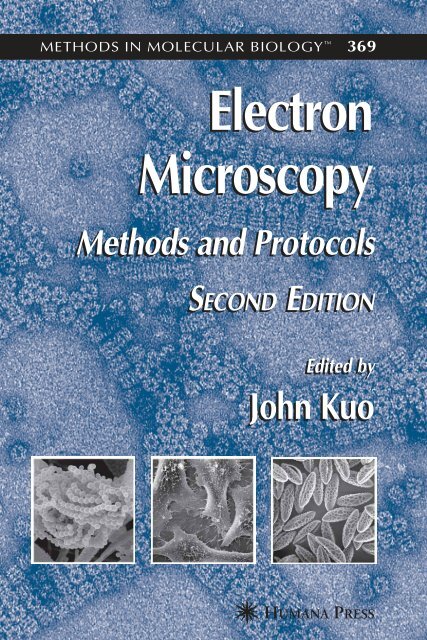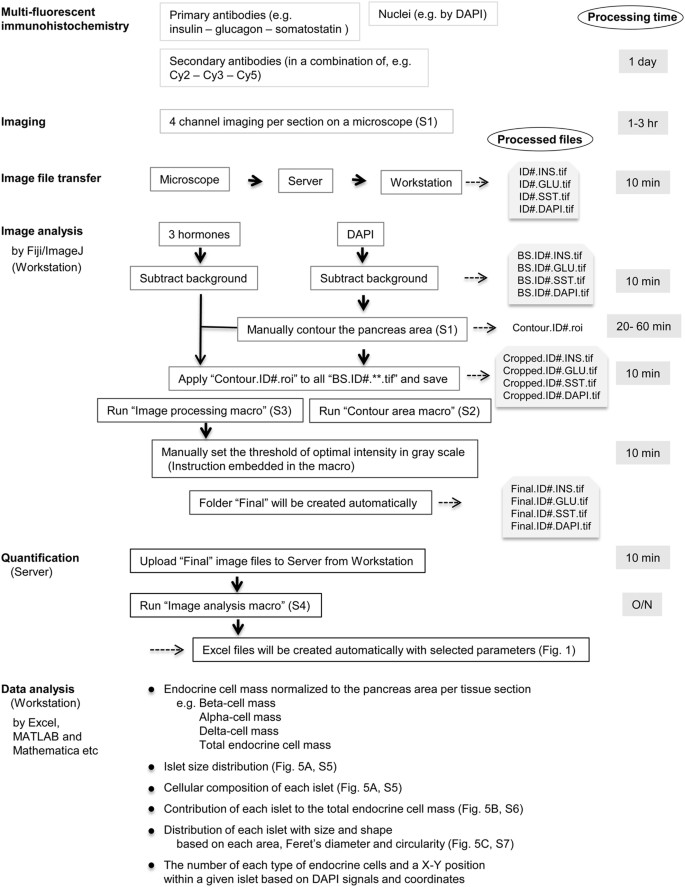
However, growth factor activity within the native ECM is often dictated by non-covalent interactions with ECM biomolecules such as proteins and proteoglycans that mediate transient immobilization and release.
#Uiuc stereology microscope free#
Methods for biochemical supplementation include providing factors free in solutions, covalently tethering factors in random and specific orientations to the materials, and growth factor release vectors. Beyond the use of scaffold mechanical, structural, and compositional signals to impact cell fate, the addition of growth factors into the biomaterial is often a primary way of providing instructive signals within the matrix. Collectively, these results suggest that CG scaffold GAG content can be systematically manipulated to regulate the sequestration and resultant enhanced bioactivity of growth factor signals on cell behavior within the matrix.Ī major focus in the field of tissue engineering is the development of biomaterials able to mimic critical features of the extracellular matrix (ECM), the three-dimensional microenvironment surrounding cells in the tissues and organs of the body. Notably, previously reported dose-dependent changes in tenocyte bioactivity to soluble IGF-1 within the CG scaffold were replicated by using a single dose of soluble IGF-1 in scaffolds containing increasingly sulfated GAGs. Increasing GAG sulfation improved equine tenocyte metabolic activity in normal serum (10% FBS), low serum (1% FBS), and IGF-1 supplemented media conditions. Manipulating the degree of GAG sulfation significantly impacts sequestration of growth factors from the media.

GAGs of increasing sulfation (hyaluronic acid, chondroitin sulfate, heparin) were incorporated into a collagen–GAG (CG) scaffold under development for tendon tissue engineering. Biomaterials mimicking this phenomenon may offer the potential to amplify local biomolecular signals, both endogenously produced and exogenously added. Notably, glycosaminoglycans (GAGs), linear polysaccharides found in the extracellular matrix, are involved in transient sequestration of growth factors via charge interactions. However, biomolecular environments in vivo are often complex and dynamic. Signal molecules are often incorporated into the biomaterial in either freely-diffusible or covalently-bound forms. Overall, this work demonstrates that relative density is a critical scaffold parameter, not only for insuring mechanical competence, but also for directing cell transcriptomic stability and behavior.The design of biomaterials for regenerative medicine can require biomolecular cues such as growth factors to induce a desired cell activity. These results suggest that anisotropic scaffold relative density can help to modulate the maintenance of a more tendon-like microenvironment and aid long-term tenocyte transcriptomic stability. Gene expression analyses suggested tenocyte de-differentiation in the lowest density scaffold while indicating that the highest density scaffold supported significant increases in COMP (4-fold), tenascin-C (3-fold), and scleraxis (15-fold) expression as well as significant decreases in MMP-1 (9-fold) and MMP-13 (13-fold) expression on day 14. Notably, the lowest density scaffolds experienced significant cell-mediated contraction with associated decreases in tenocyte number as well as loss of microstructural integrity, aligned contact guidance cues, and preferential tenocyte orientation over a 14 day culture period. Equine tenocytes showed greater levels of attachment, metabolic activity, soluble collagen synthesis, and alignment as well as less cell-mediated scaffold contraction in anisotropic CG scaffolds of increasing relative density. Scaffold permeability and mechanical properties, both in tension and compression, were significantly influenced by relative density in a manner predicted by cellular solids models.

#Uiuc stereology microscope series#
This work describes the fabrication of a homologous series of anisotropic collagen–GAG (CG) scaffolds with aligned tracks of ellipsoidal pores but increasing relative densities ( ρ ∗ / ρ s ), and we report the role scaffold relative density plays in directing tenocyte bioactivity. Biomaterials for orthopedic tissue engineering must balance mechanical and bioactivity concerns.


 0 kommentar(er)
0 kommentar(er)
